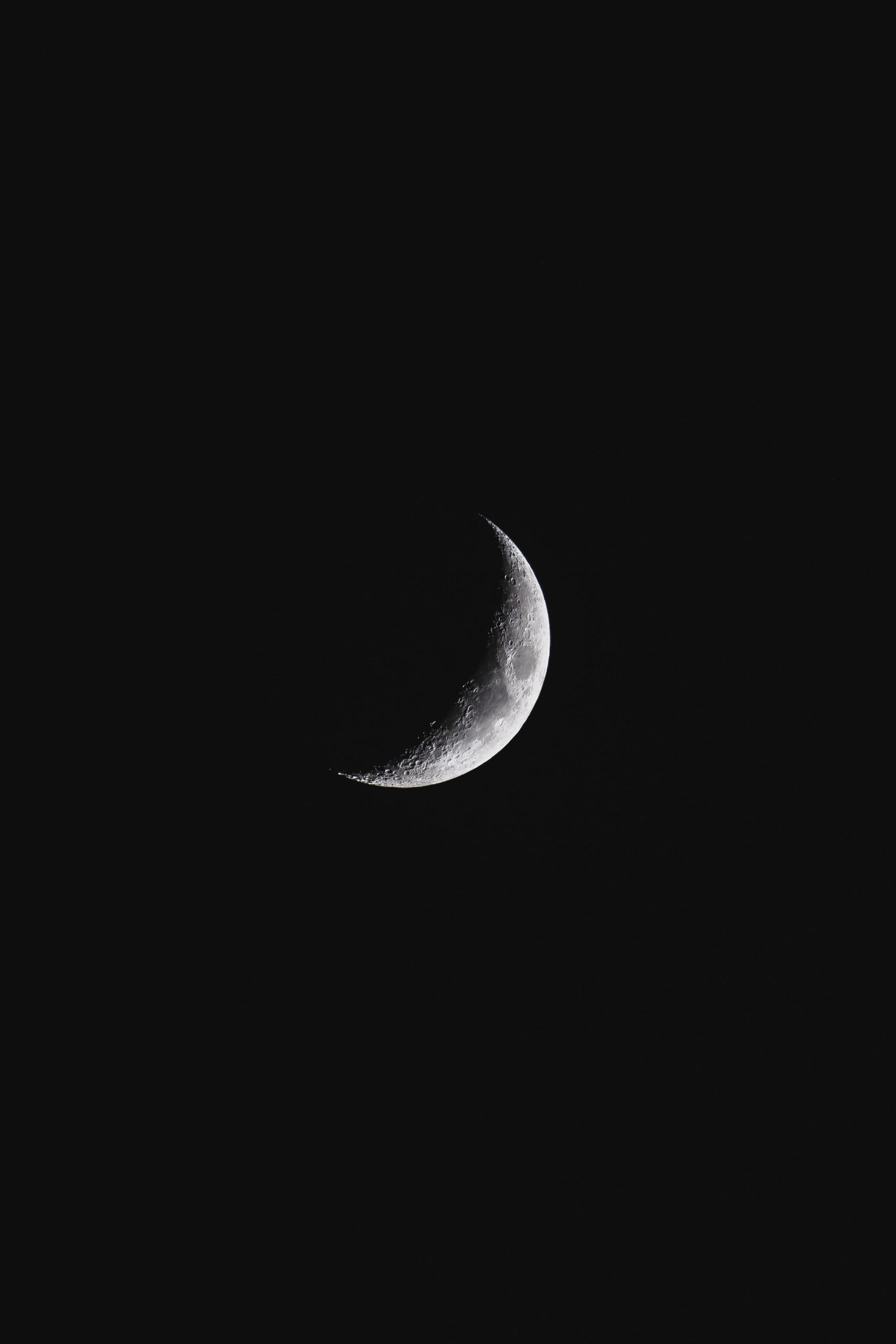Facts About the Third Quarter Moon Phase
The moon, Earth’s only natural satellite, has been a source of fascination and wonder for humanity since time immemorial. Its continuous cycle of phases, from new moon to full moon and back again, has captivated astronomers and poets alike. One of these phases is the third quarter moon, a unique stage in the moon’s journey around Earth. In this blog post, we will explore the characteristics, significance, and interesting facts about the third quarter moon phase.
Understanding Moon Phases
Before delving into the specifics of the third quarter moon phase, let’s have a quick refresher on moon phases in general. The moon’s phases are determined by its relative position in relation to the sun and Earth, resulting in different portions of the moon’s surface being illuminated at different times.
There are eight primary moon phases:
- New Moon
- Waxing Crescent Moon
- First Quarter Moon
- Waxing Gibbous Moon
- Full Moon
- Waning Gibbous Moon
- Third Quarter Moon
- Waning Crescent Moon
The Third Quarter Moon Phase
The third quarter moon, also known as the last quarter moon, occurs when the moon’s position is approximately 270 degrees behind the sun as seen from Earth. During this phase, exactly half of the moon’s visible surface is illuminated, with the other half being shrouded in darkness.
Duration of the Third Quarter Moon Phase
The third quarter moon phase typically lasts approximately seven days, with three and a half days before and after the exact moment of the third quarter. However, the moon’s orbital characteristics and its distance from Earth can cause slight variations in the duration of this phase.
Appearance of the Third Quarter Moon
When viewing the moon during the third quarter phase, you’ll notice that the illuminated portion appears as a semicircle, resembling a backward letter “D.” The side facing the sun is fully illuminated, while the side facing away is in shadow.
It’s important to note that the third quarter moon is often mistakenly thought of as a half moon. In reality, a half moon refers to the first quarter phase, where the illuminated portion looks like a semicircle but in a different orientation.
Significance of the Third Quarter Moon Phase
Throughout history, different cultures have attributed various meanings and interpretations to the moon’s phases. The third quarter moon phase holds unique significance in many beliefs and traditions.
Marking the Final Stages of the Lunar Cycle
The third quarter moon phase signifies the final stages of the lunar cycle before it resets and starts anew with the new moon phase. It serves as a reminder of the moon’s cyclic nature and the continuous passage of time.
A Time for Reflection and Evaluation
Some interpret the third quarter moon as a time for reflection, evaluation, and re-evaluation. Just as the moon’s illumination begins to wane during this phase, it is seen as an opportunity for introspection and reassessment in our own lives.
Many people find it beneficial to use this time to analyze their goals, accomplishments, and challenges, allowing them to make any necessary adjustments or changes as they prepare for the next lunar cycle.
Harvesting and Agricultural Practices
In agriculture, the third quarter moon phase is often associated with harvesting practices. Farmers may choose this phase to harvest crops, as the diminishing moonlight is believed to help extend storage life and improve flavor.
In addition, gardeners and horticulturists may schedule activities such as pruning, weeding, and preparation for the upcoming season during the third quarter. It is believed that these tasks yield better results as the moon’s gravitational pull decreases, reducing sap flow and stimulating root growth.
Interesting Facts About the Third Quarter Moon Phase
Now that we have explored the fundamental aspects and significance of the third quarter moon phase, let’s dive into some intriguing facts about this lunar stage:
| Fact | Description |
|---|---|
| Twilight Visibility | The third quarter moon is often visible in the sky during the early morning hours, illuminating the pre-dawn twilight. |
| Moonrise and Moonset | During the third quarter phase, the moon rises around midnight and sets around noon, making it most visible before dawn. |
| Visible Craters and Mountains | The long shadows created by the low-angle sunlight during the third quarter phase enhance the visibility of lunar craters and mountain ranges, providing a splendid view for astronomers and amateur stargazers. |
| Lunar Tides | The gravitational influence of the moon persists during the third quarter, contributing to the occurrence of neap tides, which are lower and weaker than average high or low tides. |
| Mythology and Folklore | In Greek and Roman mythology, the third quarter moon was linked to Hecate and Diana, respectively, both associated with magic, crossroads, and transitions. |
The third quarter moon phase offers a unique and introspective perspective on the moon’s waxing and waning journey around Earth. Beyond its astronomical significance, it holds cultural and practical implications in various traditions and practices.
Whether you gaze at the night sky with astronomical curiosity, tend to your crops and gardens, or simply appreciate the moon’s beauty, understanding the third quarter moon phase adds depth and appreciation to our connection with the cosmos.
Next time you find yourself encountering the third quarter moon, take a moment to reflect on its cyclic nature, evaluate your own journey, and awe at the mesmerizing interplay of light and shadow on the moon’s surface.
Table of Contents
